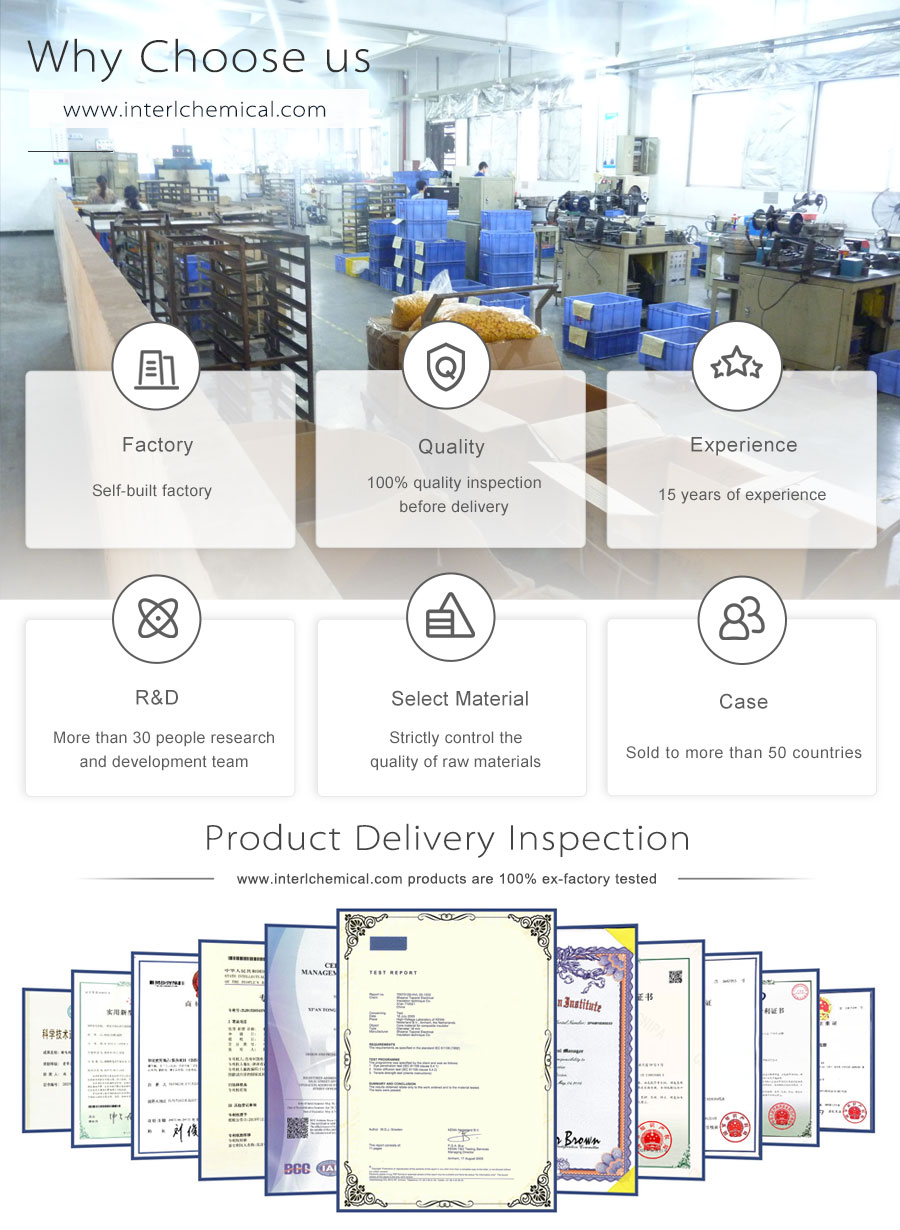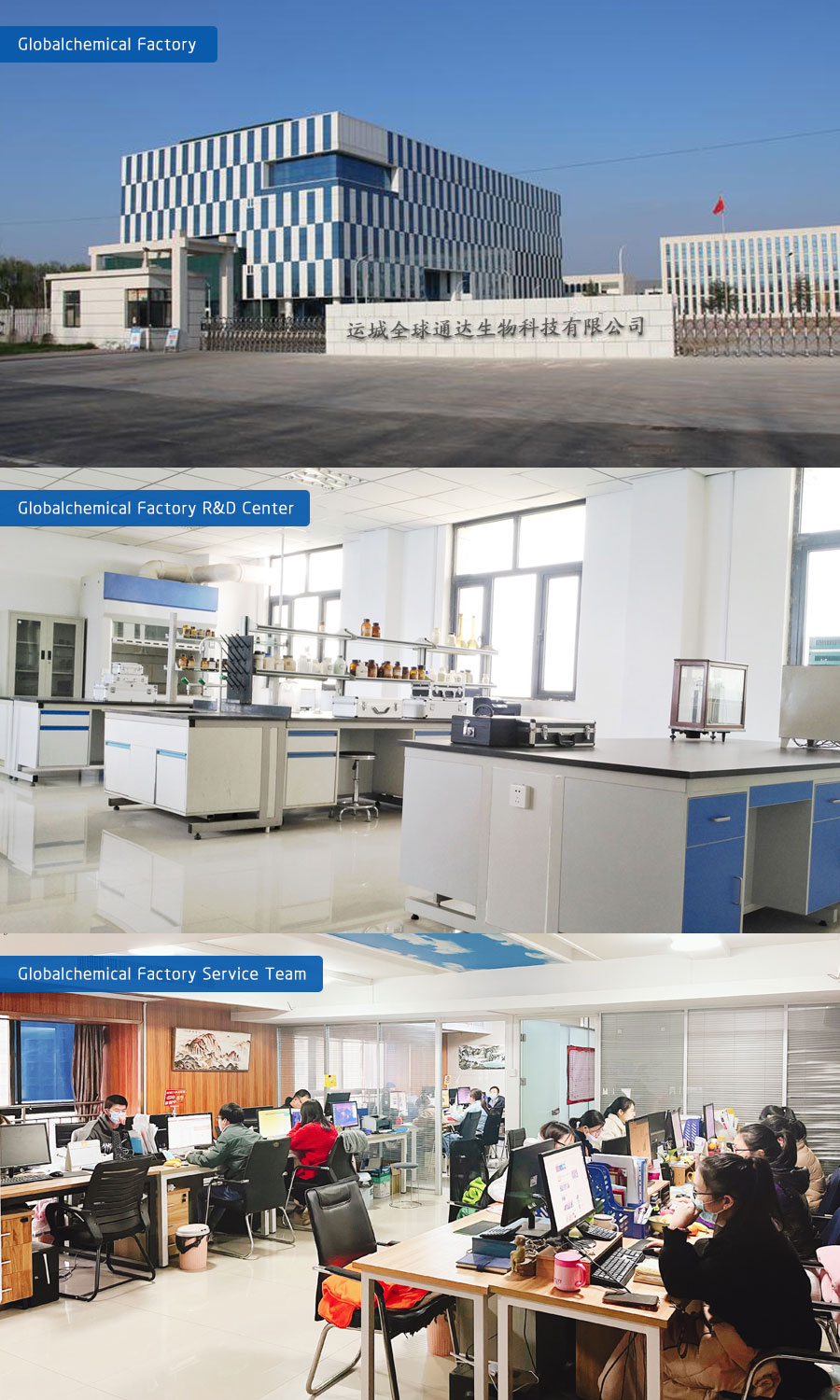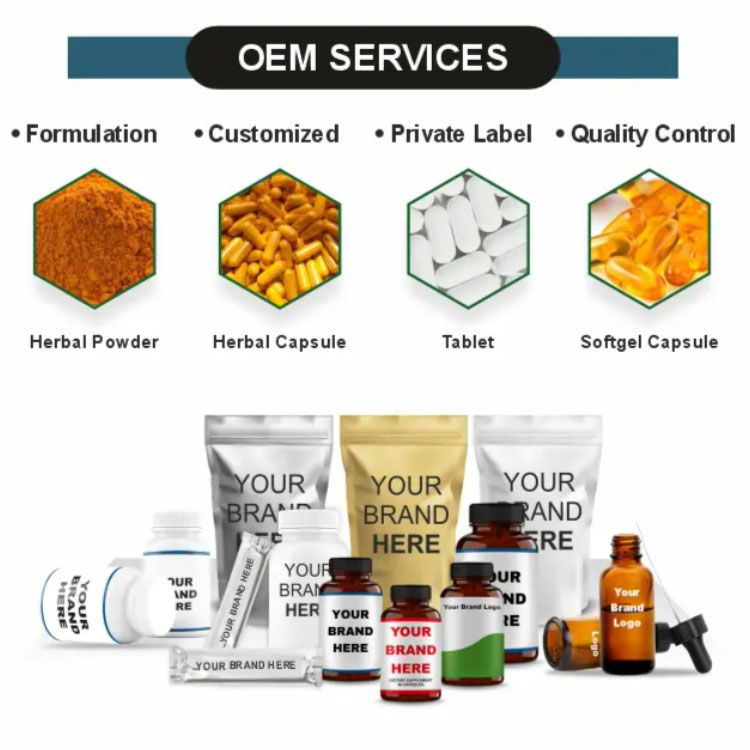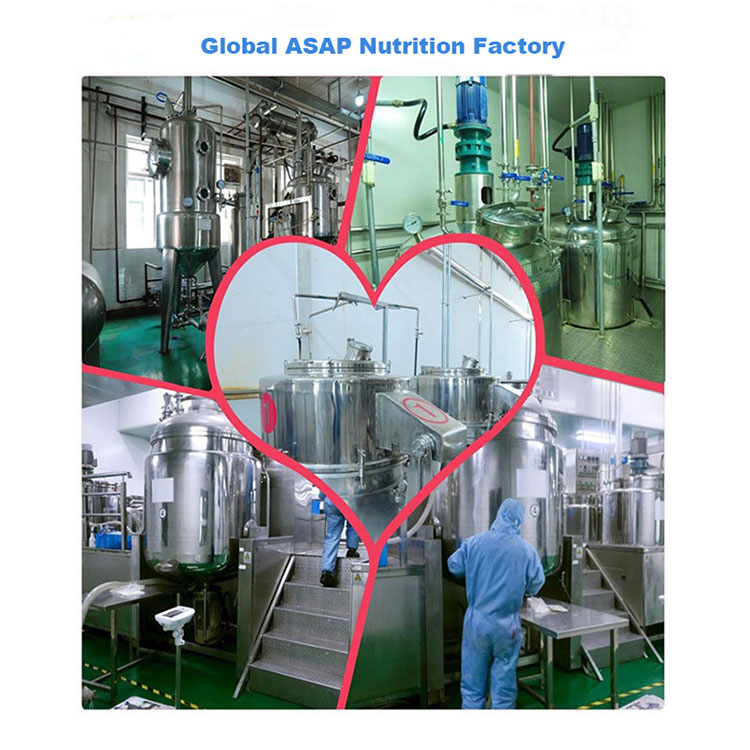Phone: 86-29-89601602
Mail: sales27@interlgroup.com
Add: Room 305 , 3/F , Haipai Decoration Office Building , Yudu Avenue , Yuncheng , Shanxi
Apricot power b17 amygdalin 500mg amazon CAS 29883-15-6
Product Overview:
Amygdalin powder is a toxic cyanoside found in many plants, but most notably in the seeds of apricots, bitter almonds, apples, peaches, and plums. Amygdalin is also found in other plum plants, including apricots and black cherries, and in the leaves, fruits, and pits of loquat. Amygdalin, as a glucoside containing cyanide, can be used as a substrate for the identification, differentiation and characterization of maltase, almond cheese and β-glucosidase
Apricot power b17 amygdalin 500mg amazon CAS 29883-15-6 Attributes
Supplier Amygdalin powder Raw Materials
CAS:29883-15-6
MF:C20H27NO11
EINECS:249-925-3
Specification:99% min Amygdalin powder
Sample:Amygdalin powder Avaliable
Appearance:white powder
Storage: Cool Dry Place
Brand: Ausreson
Shelf Life: 2 Years
Test Method: HPLC
Apricot power b17 amygdalin 500mg amazon CAS 29883-15-6 Details
Uses and synthesis of Amygdalin powder
Amygdalin powder is a toxic cyanoside found in many plants, but most notably in the seeds of apricots, bitter almonds, apples, peaches, and plums. Amygdalin is also found in other plum plants, including apricots and black cherries, and in the leaves, fruits, and pits of loquat. Amygdalin, as a glucoside containing cyanide, can be used as a substrate for the identification, differentiation and characterization of maltase, almond cheese and β-glucosidase

Potential effects and scientific evidence of amygdalin.
According to existing research, amygdalin may have the following effects:
1. Antioxidant properties
Studies have shown that amygdalin may have antioxidant effects, helping to neutralize free radicals in the body0
2. Possible immunomodulatory effects
Some preliminary studies have shown that it may have an effect on the immune system, but more clinical verification is needed.
3. Traditional cough suppressant effect
Chinese medicine theory supports its cough and asthma-relieving effects, and some modern studies have also confirmed this traditional use0
Applications/Functions of Amygdalin powder
Amygdalin powder, as a glucosid-containing cyanide, can be used as a substrate for the identification, differentiation and characterization of maltase, almond cheese and β-glucosidase
A cyanoside, Amygdalin can be used as a substrate for the identification, identification, and characterization of enzymes such as maltase (s), lactozyme (s), and beta-glucosidase (s)}.
Application in Chinese medicine: Traditional Chinese medicine has used bitter almonds (containing amygdalin) for thousands of years, mainly for cough and asthma relief
Western medicine in the 19th century: It was used as an anti-cancer drug, but was later replaced by more effective drugs
Modern controversy: It became popular again in the 1950s under the name "vitamin B17", but there is no scientific evidence to support this name
Physicochemical Property of Amygdalin powder
Amygdalin is derived from the dried and mature seed of the Northeast bitter almond in the rosaceae family.
FAQ.
Q: Are amygdalin and vitamin B17 the same substance?
A: "Vitamin B17" is an unscientific name for amygdalin, which is not recognized by the mainstream nutrition community because amygdalin does not meet the definition of a vitamin.
Q: How many apple seeds or apricot kernels are safe to eat?
A: Adults who occasionally eat 1-2 apple seeds or 1-2 apricot kernels are usually low risk, but large amounts may cause cyanide poisoning. The safe dose for children is lower.
Q: Can amygdalin treat cancer?
A: There is currently no reliable scientific evidence that amygdalin can effectively treat cancer. Authoritative organizations such as the US FDA have warned against the use of amygdalin to treat cancer.
Q: How to safely use products containing amygdalin?
A: If you need to use it, you should:
Consult professional medical personnel
Choose products from regular manufacturers
Strictly follow the recommended dose
Monitor adverse reactions
Production methodprocess of Amygdalin powder
A common method for preparing D(-) -bitter almond hydrate is to react phenylethanol with gluconic anhydride under basic conditions, and the product obtained is D(-) -bitter almond hydrate.
Use the product safely.
The U.S. Food and Drug Administration (FDA) is an important agency of the U.S. federal government responsible for regulating food, drugs, medical devices, cosmetics, biological products, and tobacco products to ensure their safety, effectiveness, and quality. Food and dietary supplements can support your overall health, please use them wisely.
Company advantages.
We have 20 years of industry experience and always adhere to quality first to provide customers with the most reliable products and services.
We have our own R&D team and workshop, and can provide customized services according to your needs. We have strict quality control on the production side, set up multiple inspection points in the production process, find and correct problems in time, and conduct comprehensive inspections on finished products to ensure that the products meet quality requirements.
In addition to plant extracts, vitamins, mineral supplements and food additives, our main products include capsules, soft capsules, solid beverages, soft candies, drops, gels, tablets and effervescent tablets. We can customize labels and product formulas according to your needs until you are satisfied.
We are customer-centric, provide 7*24 hours all-weather service, and respond quickly to customer needs.
Click here for professionals to answer your questions. sales28@interlgroup.com










